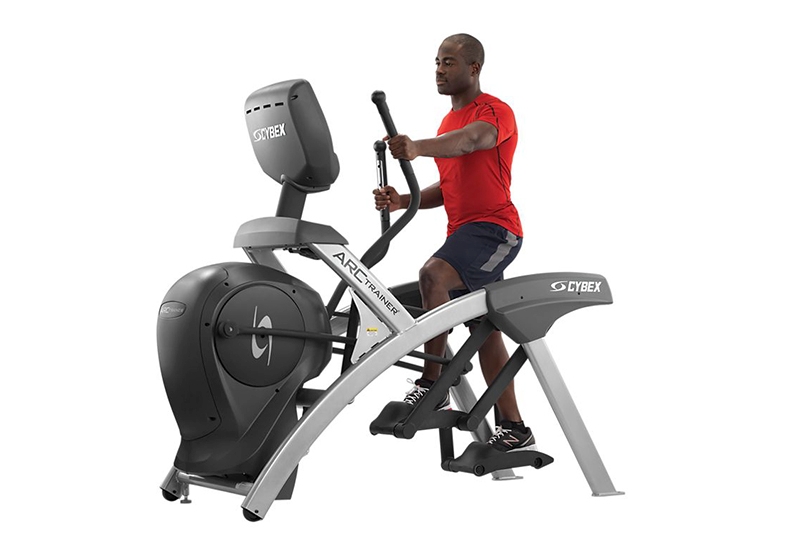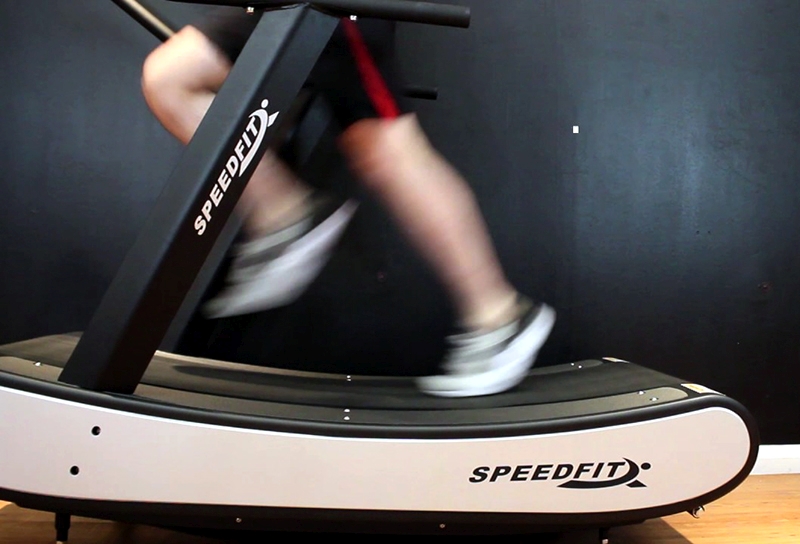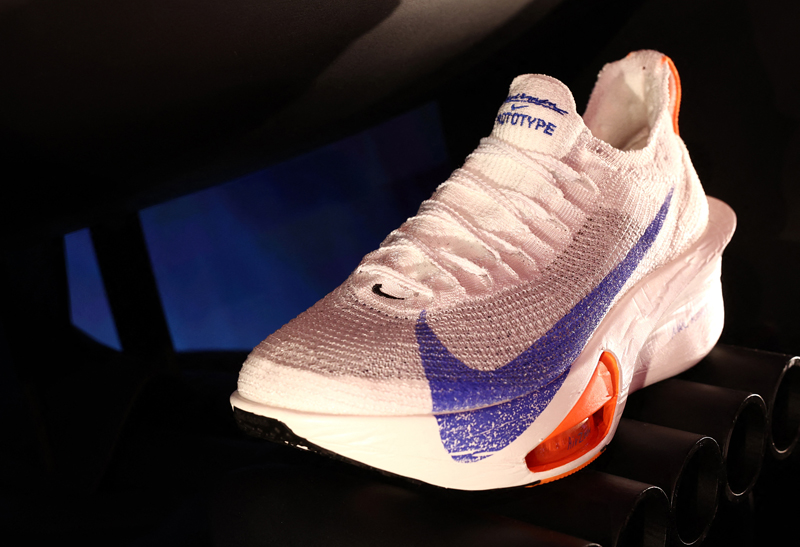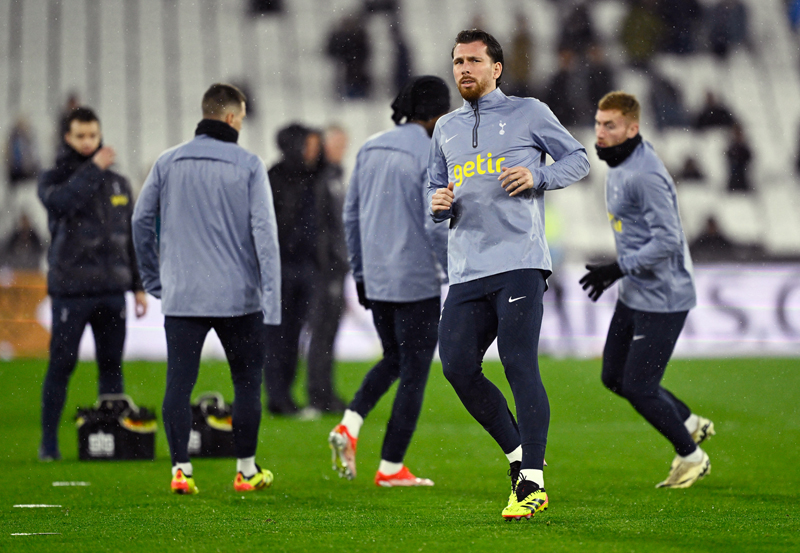You are viewing 1 of your 1 free articles. For unlimited access take a risk-free trial
Non-motorized treadmills: time to get real (performance)!
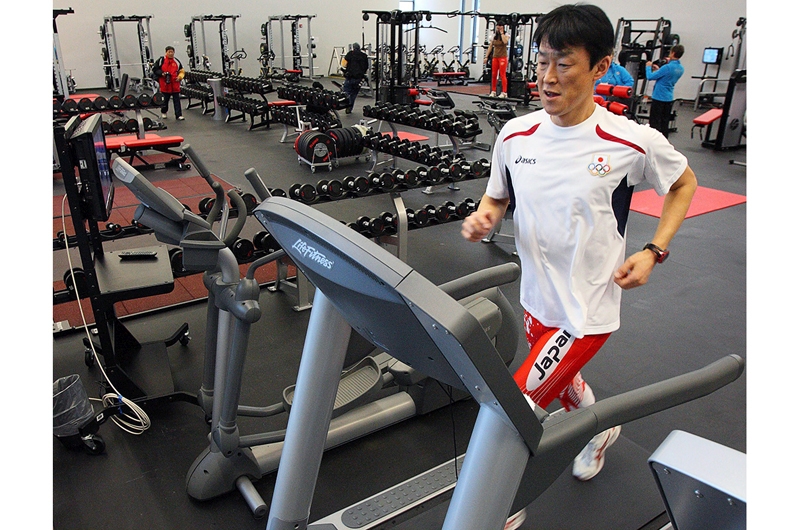
Recent research suggests that non-motorized treadmills can produce a more physiologically demanding workout for a given running speed. But as David Joyce explains, switching from mains to human power provides other benefits too
A couple of years ago, Sports Performance Bulletin highlighted some new research on the use of non-motorized treadmills, and in particular, how their use might benefit runners by increasing the physiological demands of exercise(1). In that article - which you can read here – scientists from the University of Sydney compared the physiological demands of running at given speeds in three different scenarios:- *On a conventional motorized treadmill set at 1% incline (shown to give the closest physiological equivalence to running outdoors on flat terrain).
- *On a curved non-motorized treadmill (Woodway Curve 3).
- *During normal overground running on the flat.
Translation to real sport
Just about every team sport played on dry land values the quality of running speed above almost every other. It is the athletic quality that fans, commentators and coaches alike drool over and opponents fear. I have been in countless team talks both as a player and a member of staff where the head coach has stressed the importance of stopping a particular player on the opposition because of their lightening speed. The other quality often mentioned in dispatches by coaches is the ‘size of an engine’ a particular athlete possessed. When we dissect this ‘engine’ comment, what coaches tend to mean is an ability to produce repeated efforts at intensities almost as high in the last minute of the match as in the first. That brings us onto the topic of non-motorized treadmills (NMTs - eg SpeedFit; see figure 1), which have seen a resurgence over the last few years; it just so happens that these machines are particularly effective at helping performance coaches develop these qualities in their athletes.Figure 1: The 'SpeedFit' NMT*
*Image courtesy of SpeedFit Treadmills - speedfit.com/Speedfit.html
Limitations of motorized treadmills
In most team sports, maximum speed is often not the quality most valued because rarely will a player have the opportunity of a length of open field in front of them long enough to get up to this speed. For example, the average sprint distance in English Premier League for example is less than seven metres. In fact, the most important qualities are acceleration - and the ability to repeatedly sprint without decay in speed (repeated sprint ability). Whilst these qualities of athletic performance are relatively easy to test, they can sometimes be difficult to train. Some coaches like putting their players on motorized (ordinary) treadmills because they can regulate the speed they run at. However, the drawback of this method is that it is the treadmill’s belt that is determining the speed, not the athlete in question. This is where non-motorized treadmills come in.The concept of the NMT is relatively simple: the athlete runs on the belt and the treadmill’s computer determines the speed at which the athlete is moving. For those who are old enough, you may remember the very first generation of treadmills, -the ones where there was just a belt on rollers that moved when you ran on it, enabling you to run in a natural motion without moving anywhere. With technology came the motorized treadmills that moved underneath you and you just needed to keep up with it.
These are fine for steady-state training. However, in terms of athletic function, the actual rate of acceleration is determined by how fast you can alter the controls and how long it takes the belt to speed up. This of course is NOT a real indication of true acceleration, a process that in competition takes less than a second – not for example the ten or more seconds it may take for a treadmill to go from 10mph to 16mph. There are biomechanical differences too; the motorized treadmill’s belt essentially reduces the work the hip extensor muscles have to perform because, once the foot is planted on the belt, the leg is rapidly taken backwards in a passive motion, rather than having to drive the leg backward with powerful muscle contractions (as happens on the land).
Benefits of NMTs
Now contrast this to NMTs. An NMT only moves as fast as the athlete is capable of moving it, even up to maximum sprinting speed. Rate of acceleration is not limited by a motorized belt. An NMT’s computer calculates how fast the belt is made to move by the athlete and can therefore determine the exact rate of acceleration (distance traveled/change of time) the athlete is producing. Added to this is the fact that many NMTs are equipped with force plates, placed under the belt. This means that they are capable of assessing in real-time the power output produced by the foot strike of the runner (we will discuss the advantages of this from a rehabilitation perspective a little later).On many NMTs, the onboard computers have a memory to help performance coaches set particular training sessions. For example, we can set a program that involves a varied sequence of running speed intervals that the athlete needs to perform. For a footballer for example, we could set a program that reflects the workload for an elite midfielder in a competitive match. This might involve 45 minutes of repeated intervals six seconds of sprinting followed by four seconds of jogging followed by four seconds of sprinting followed by 15 seconds of walking, another seven seconds of jogging and finally nine seconds of high-speed running. An added advantage from a scientific perspective is that during this session, because the athlete is essentially running ‘in place’, we can assess physiological variables such as aerobic capacity and blood lactate using specialized physiological testing equipment - something that is not easily done in a field setting.
Validated in the real world
In fact, this is exactly what some exercise scientists did in Sydney in a previous study(2). They gathered 11 team sport athletes and put them through a 30-minute team-sport simulation (various intervals of different speeds that were calculated according to time-motion data from team sports) on an NMT on three occasions. During this, they measured several variables of performance (total distance, distance covered during each speed category, total work, high-intensity activity, average maximal sprinting speed and power, VO2 max, heart rate and blood measures such as lactate concentrations). The results showed that NMT team sport simulation provided a reliable tool for assessing the performance and physiological demands that are imposed upon these athletes.The computer display informs the athlete what speed they should be accelerating to at any given time and they have real-time feedback via the display whether or not they are achieving the goals set out for them. Clearly, this level of acceleration and deceleration is impossible on a standard treadmill. It is definitely possible on the field, but there is no real calculation of the exact speeds that the individual is running at and there is definitely no real-time feedback for the athlete as to how close to the desired speed they are at any given time. Moreover, as coaches, we cannot store the information regarding the session as well as the treadmill can.
Making it better
Common ways of training to increase acceleration are running uphill, or towing a weighted sled or parachute. An NMT can accommodate this principle as well. It is possible to attach elastic resistance belts around the waist of the athlete and anchor them to a pole to the rear of the treadmill. Alternatively, newer models of NMT such as the Woodway Force are equipped with brakes that can be applied to the belt so that the athlete needs to apply more force in order to move the belt at a pre-set speed. In this way, the NMT can be used to improve acceleration, as well as repeated sprint ability - possibly the two elements most critical to sporting success. The other benefit of sprint training on this type of treadmill is that, because it is stationary, the coach can view running technique from all angles.The use of the NMT in rehab
Lower limb injuries are almost inevitable in running sports. It is not uncommon for the rehabilitating athlete to ‘favour’ their non-injured side when running. The extent of this varies from an obvious limp, to incredibly subtle differences in foot contact time and force development between sides. Where I have personally found NMTs particularly helpful is in the assessment and measurement of these subtle differences. The force plates positioned under the running belt enable coaches to assess force development, contact times and power development for each stride - and for us to be able to compare between sides. Even a slight imbalance in these loading parameters can lead to overuse problems of the uninjured leg down the track.These differences are often too subtle to be assessed clinically. While isokinetic testing in a gym or lab, can be fantastic to tell us about differences in muscle strength, power and endurance between sides, it will not necessarily tell us about differences in limb loading when running. These differences may be mediated by a change in the central motor control processes involved in running as opposed to simply ‘not being strong enough’. A machine that has the capacity to reveal these deficits is clearly beneficial to the athlete rehabilitating from lower injuries.
In summary
Whilst athletic performances can be relatively easily judged by looking at the scoreboard, the individual components of these athletic feats are sometimes not as easily observed. We have devices designed to objectively assess and develop muscular strength (isokinetics, for example), muscular power (linear transducers) and running distances (GPS). With the advent of the NMT, we have a piece of equipment that is able to assess running acceleration, force and power development, and foot contact times. It is a piece of kit that is as valuable for the performance coach as it is for the rehabilitation professional. There is no doubt that it takes a few familiarization sessions to get used to the machine (at least three according to reliable data(3)) but NMTs have the capacity to provide substantial performance improvements to a wide range of athletes and sportsmen/women.References
- J Sci Med Sport. 2018 May 19. pii: S1440-2440(18)30145-2
- J Sci Med Sport (2008), 11(5): 500-509
- J Sp Sci Med (2009), 8: 528-532
Newsletter Sign Up
Testimonials
Dr. Alexandra Fandetti-Robin, Back & Body Chiropractic
Elspeth Cowell MSCh DpodM SRCh HCPC reg
William Hunter, Nuffield Health
Newsletter Sign Up
Coaches Testimonials
Dr. Alexandra Fandetti-Robin, Back & Body Chiropractic
Elspeth Cowell MSCh DpodM SRCh HCPC reg
William Hunter, Nuffield Health
Keep up with latest sports science research and apply it to maximize performance
Today you have the chance to join a group of athletes, and sports coaches/trainers who all have something special in common...
They use the latest research to improve performance for themselves and their clients - both athletes and sports teams - with help from global specialists in the fields of sports science, sports medicine and sports psychology.
They do this by reading Sports Performance Bulletin, an easy-to-digest but serious-minded journal dedicated to high performance sports. SPB offers a wealth of information and insight into the latest research, in an easily-accessible and understood format, along with a wealth of practical recommendations.
*includes 3 coaching manuals
Get Inspired
All the latest techniques and approaches
Sports Performance Bulletin helps dedicated endurance athletes improve their performance. Sense-checking the latest sports science research, and sourcing evidence and case studies to support findings, Sports Performance Bulletin turns proven insights into easily digestible practical advice. Supporting athletes, coaches and professionals who wish to ensure their guidance and programmes are kept right up to date and based on credible science.

